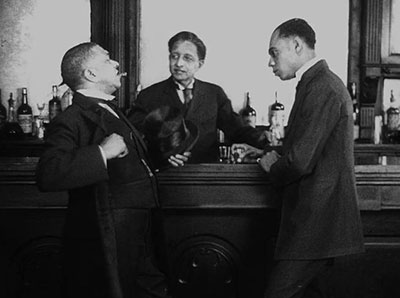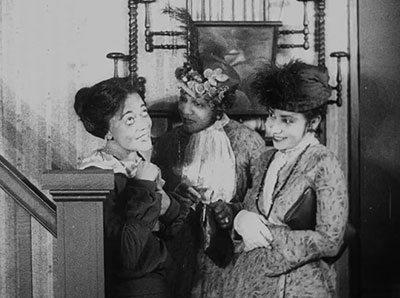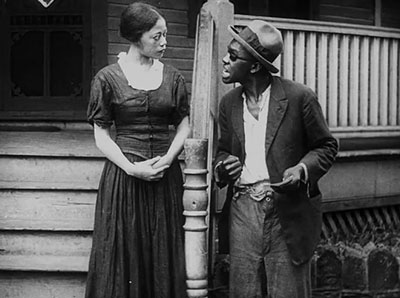COLORED PLAYERS FILM CORPORATION
Whites were also behind the Colored Players Film Corporation of Philadelphia, which produced four pictures, two of which are extant and are of special interest and significance. Ten Nights in a Barroom (1926), starring Charles Gilpin and Lawrence Chenault, was a black version of a familiar temperance novel, Ten Nights in a Bar-Room, And What I Saw There (1854) by Timothy Shay Arthur (1858) (later adapted as a melodrama for the stage, by William W. Pratt, and as a white film version, Ten Nights in a Bar Room [Oscar Apfel, 1921]), in which Joe Morgan’s drinking causes him to lose his money, his business, and even his daughter, who dies an accidental death when she is struck by a glass aimed at her father. Consequently, Morgan reforms his wicked ways (as an earlier Joe Morgan, in Reol’s Secret Sorrow, had); a changed man, he is reconciled with his wife and elected mayor of his town. Unlike some adaptations, however, Ten Nights was “more than just a rehash.” As Thomas Cripps[1] writes, “the brief film used its all-black cast to achieve a certain poignancy, as though the actors themselves were making a special plea to urban blacks, warning them against urban vices in a manner reminiscent of Micheaux.”
The second and even more remarkable film produced by the Colored Players was The Scar of Shame (likely 1929 [although the actual year of release is in some dispute]), which not only presented black audiences “with sharply etched messages of advocacy, aspiration, group unity, and slogans against racism” but also “laid the blame for black misfortune at the door of poor environment.”[2] The story of an ill-fated marriage between Alvin Hillyard (Harry Henderson), a promising black composer, and Louise Howard (Lucia Lynn Moses), a former washwoman now employed at Mrs. Lucretia Green’s “select boarding house,” the film revealed the caste divisions that existed even among black Americans. A decent man, the educated and comfortably middle-class Alvin marries Louise out of pity, to protect her from her drunken and abusive stepfather Spike Howard (William E. Pettus) and from the racketeer Eddie Blake (Norman Johnstone), who covets her and wants to make her the star attraction at his nightclub. But like Joe Morgan in Reol’s Secret Sorrow, Louise is “a child of environment” who lacks “proper training . . . [in] the finer things of life, the higher aims, the higher hopes.” Swayed by the promises of stardom, she rips up her marriage license to Alvin (thereby, according to Jane Gaines,[3] destroying her marriage by her own hand) and decides to leave town with the brash Eddie. But the two men engage in a confrontation during which Louise is wounded by a bullet and her beauty marred by the resulting large and disfiguring scar on her neck. Convicted of the crime on the basis of Louise’s testimony, the innocent Alvin is jailed but escapes after a few years and assumes a new identity as “Mr. Arthur Jones, Professor of Music, Piano and Voice,” in a distant city. There, he meets and falls in love with Alice Hathaway, a woman of his class; and through a series of coincidences, he again encounters Louise, who still wants him and who threatens to expose him if he does not do as she says. But, writes Cripps,[4] Alvin has already “won the game of life by wanting it badly, [while] Louise has lost because she sold herself cheaply.” After admitting that it was actually Eddie who shot her, Louise—burdened by her shame—kills herself, leaving Alvin free to marry Alice. The message of the film is synthesized in the final titles, as Alice’s father, a corrupt lawyer, ironically observes that “our people have much to learn,” particularly about the kind of class strife that is behind the picture’s various tragedies.
The Scar of Shame effectively incorporated a variety of techniques, such as the intercutting of scenes that contrast the two very different women and their social worlds (the debauched Louise at the noisy Club Lido and the proper Alice alone at home with her piano) and the recurring use of music, which serves not just as a leitmotif but also as a way of defining and identifying the principal characters. Also noteworthy is the use of symbols such as the black baby doll puppet that Louise is first seen holding after her marriage to Alvin. When Alvin confesses that his family is unaware of their relationship and then leaves to attend to his sick mother, he accidentally strikes the doll with his suitcase. The doll falls to the floor. In his haste, he steps on it, crushing its face and destroying its beauty (just as Louise’s hopes are dashed and her beauty soon destroyed—albeit inadvertently—by Alvin’s actions). Although Louise cradles the doll and tries to make it whole again, it is as irreparably damaged as her marriage and her prospects for a better life. In ways such as these—ways both subtle and sophisticated—The Scar of Shame makes a powerful statement about race relations among dark-skinned and light-skinned and among middle- and working-class blacks (motifs that recur in Micheaux’s productions); and the film itself remains one of the best black or white independent productions of the silent era.
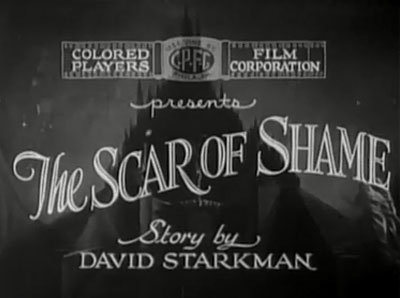
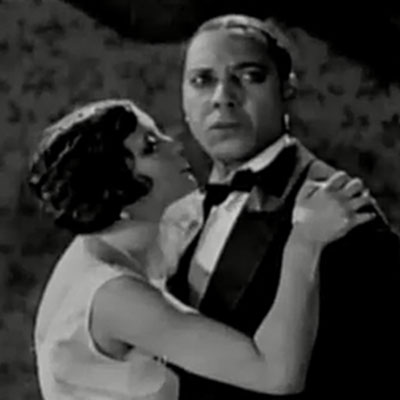
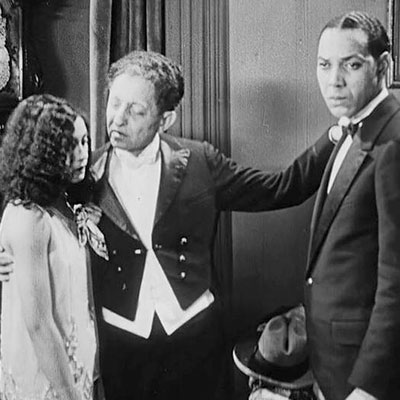
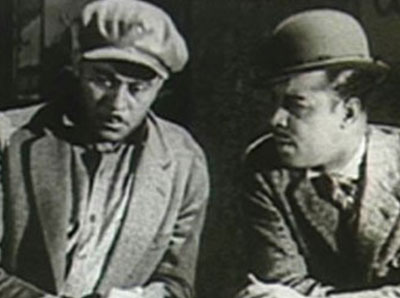
The Scar of Shame

